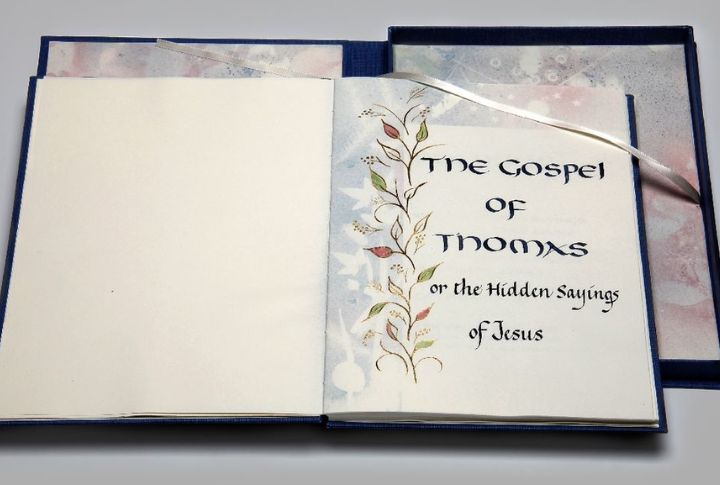
The Gospel of Thomas offers a version of Jesus that feels more like a quiet riddle than a roaring sermon. It skips the drama and leans into mystery, inviting readers to dig inward. What they find may not be doctrine, but it’s something deeper.
It May Preserve The Independent Traditions Of Jesus

Some of the sayings in the Gospel of Thomas are unique and offer perspectives that are not found in the four canonical Gospels. These sayings, possibly preserved from earlier oral traditions, might represent a closer connection to the historical Jesus, ultimately revealing teachings that were never included in the New Scriptures.
It’s One Of The Oldest Known Christian Texts
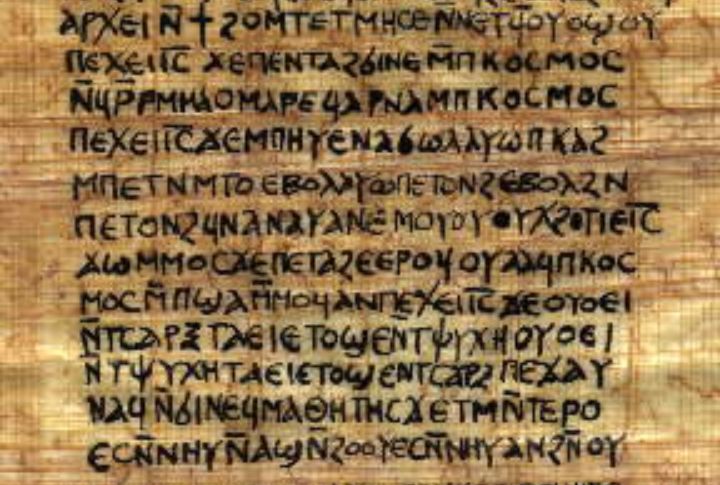
The Gospel of Thomas dates back to the mid-2nd century AD, making it one of the earliest Christian writings. Discovered in Egypt in 1945, it survived for over 1,500 years, hidden in a sealed jar. This text preserves early oral traditions of Jesus, offering insight into the pre-canonical Christian narrative.
It Contains 114 Sayings Attributed To Jesus

Instead of the familiar narratives, the text is purely a collection of 114 sayings of Jesus. Some align closely with the teachings in the canonical Gospels, while others are cryptic and mystical in nature. Emphasizing inner knowledge over miracles suggests that personal enlightenment is a path to salvation.
The Text Was Uncovered In Nag Hammadi, Egypt
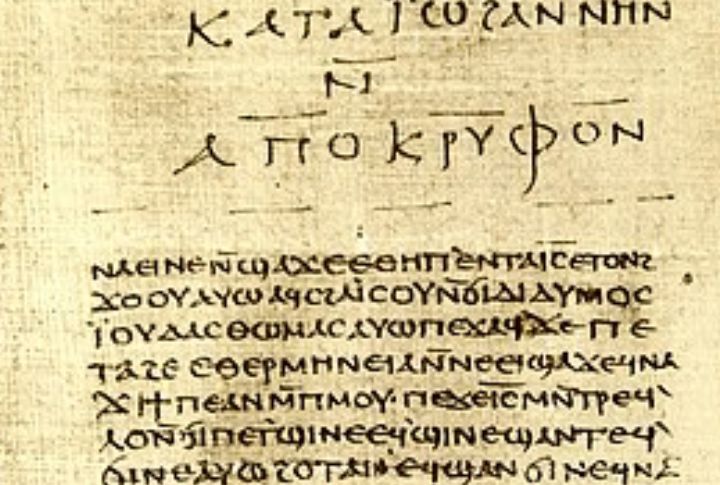
The Gospel of Thomas was found in 1945 in Nag Hammadi, Egypt, alongside 52 other ancient texts. Written in Coptic and likely translated from Greek, it was likely hidden during early Christian persecution. This discovery revolutionized biblical scholarship, offering fresh perspectives on early Christian thought and practices.
There’s No Mention Of Jesus’ Crucifixion Or Resurrection
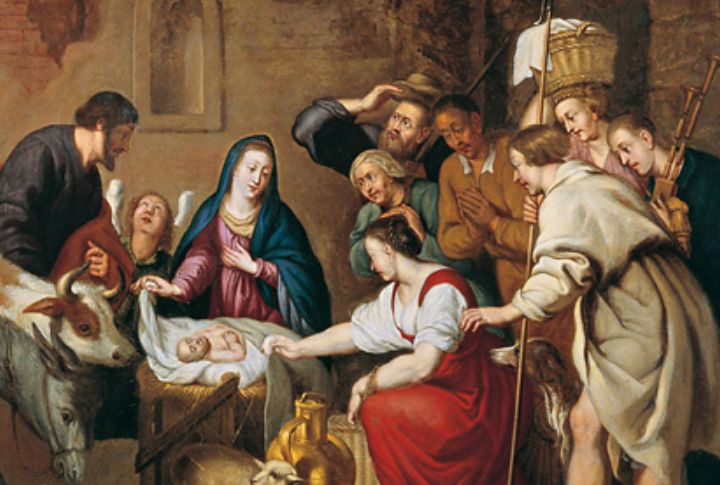
There’s no reference to Jesus’ crucifixion or resurrection in this text. Instead, the focus shifts entirely to spiritual insight and inner awakening. By leaving out these key events, the Gospel highlights a different kind of truth—one rooted in personal transformation, rather than historical narrative.
It Reflects Gnostic Thought
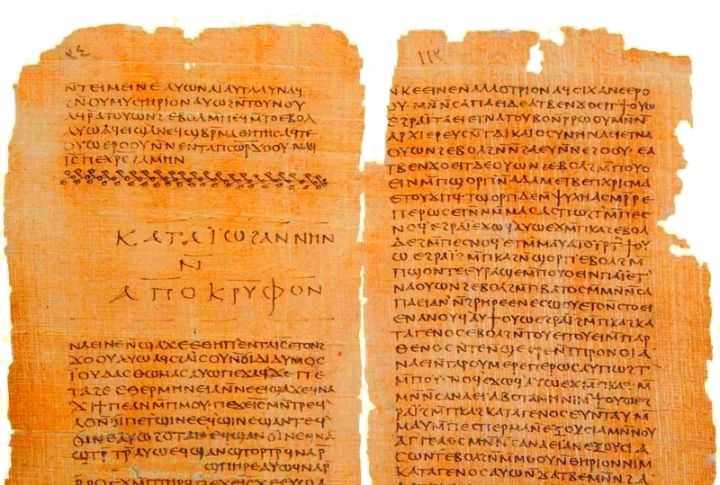
The Gospel of Thomas aligns with Gnostic belief systems, particularly in its emphasis on attaining truth through internal spiritual awakening. Unlike orthodox Christianity, which emphasizes salvation through faith and grace, it suggests that salvation comes from self-discovery and personal enlightenment, aligning with Gnostic traditions found in other texts.
It Challenges Gender Norms In Its Final Saying
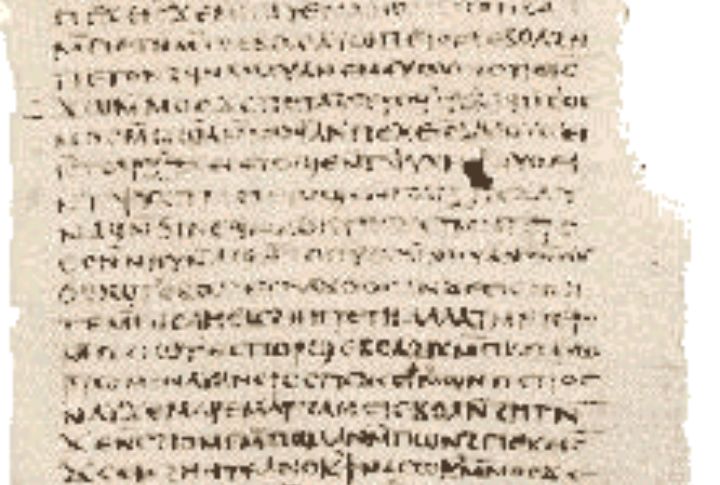
The text concludes with a controversial saying about Mary, which suggests she must “become male” to enter the kingdom of heaven. This has sparked feminist and academic debate, with some interpreting it as a symbolic transformation rather than a literal biological change, potentially representing spiritual rebirth.
Some Sayings Echo Eastern Philosophy

Many sayings in the Gospel of Thomas resonate with Eastern philosophical traditions, such as Buddhism and Hinduism. Concepts like stillness, inner light, and self-awareness parallel teachings found in Eastern thought, suggesting potential cross-cultural influences and raising fascinating questions about the interconnection between global spiritual traditions.
It Portrays Jesus As A Wisdom Teacher, Not A Savior
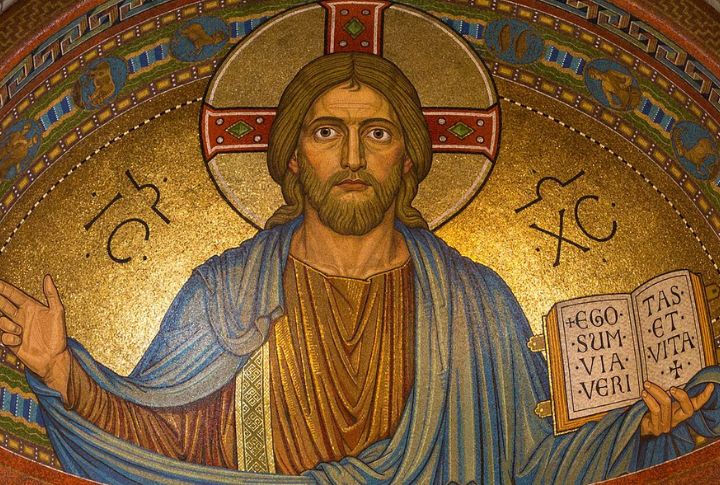
Rather than focusing on Jesus as a sacrificial savior, the Gospel of Thomas presents him as a teacher of enlightenment. His teachings prioritize inner knowledge and self-discovery, ultimately presenting a version of Jesus who encourages his followers to seek the light within themselves, rather than emphasizing concepts like sin or atonement.
It’s Quoted By Early Christian Writers

The Gospel of Thomas was deemed “heretical” by early Christian figures such as Hippolytus and Origen. These early criticisms indicate that the text was known to church authorities, who utilized it to counter Gnostic movements. Despite being dismissed by the Church, its widespread circulation in the early Christian world is significant.

